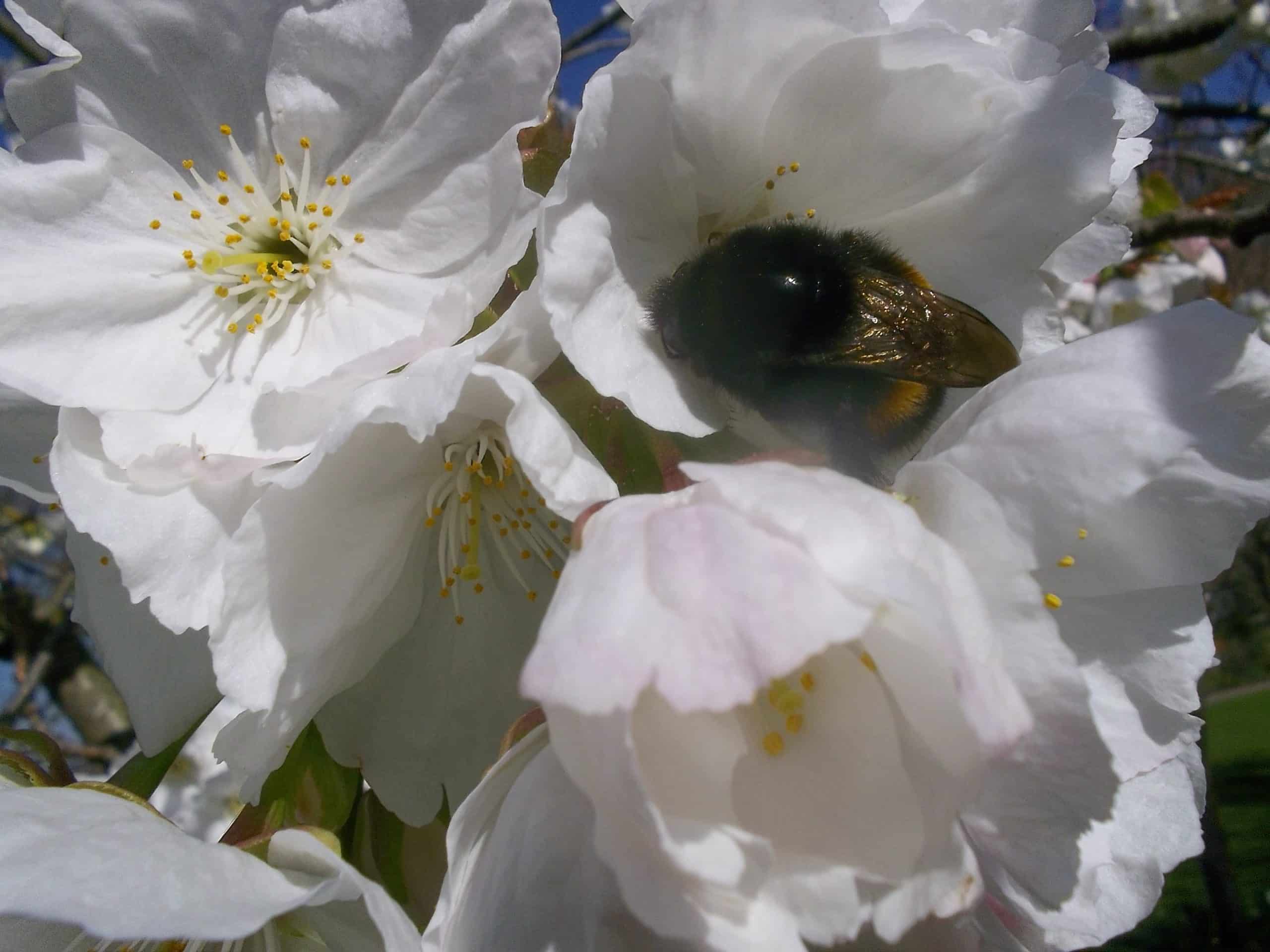Julie Cox, GiGL Partnership Officer

It’s been a long, hot and busy summer. Whilst the weather will have provided many opportunities for our city’s recorders to be out and about in our wonderful open spaces, the impacts of the extended dry spell on London’s wildlife inhabitants, and the records we receive this year, has yet to be fully understood. Please do send us all of the records you’re collecting, and remember we can help mobilise old records for you too. This includes being able to digitise any paper records you have stored away.
Species records received are securely stored in the GiGL database alongside historic and current records. GiGL share these digitised data with partners so they can support decision-making processes including feeding into local planning systems.
We’ve previously mentioned our project to digitise the tens of thousands of bird records collected by the London Natural History Society utilising the power of web-based citizen science. Here we provide an update on this Zooniverse project. It’s so far been a resounding success, and we’ve been pleasantly astounded by the hundreds of people we’ve had donate their time so far, and are thrilled with the quantity of records that have already been mobilised.
In the last few months the Mayor of London published a very important document for biodiversity in Greater London; the London Environment Strategy. Our Chief Executive Mandy explains the impact the publication could have in relation to GiGL. It states that the Mayor expects all London boroughs and major land managers to be working with us, so if your local authority has yet to join the GiGL partnership please do encourage them to do so. The Strategy links to the Mayor’s Transport Strategy, which has this year led to us work with Transport for London on implementing a system to assist with their commitment to net gain for biodiversity.
The London Environment Strategy also emphasises the importance of collecting, managing and sharing natural environmental data to a high standard, something which is at the heart of GiGL’s aims and objectives. Over the last ten months GiGL have partnered with CPRE London to ensure there are comprehensive data available on Greater London’s designated Green Belt and Metropolitan Open Land. They assisted us with our annual call for updated data and have then utilised GiGL data analysis, visualisations and mapping to produce a publication outlining the current extent, location and character of designated Green Belt and Metropolitan Open Land in the capital.
If you’re in need of any recording inspiration we can recommend taking a look at the book insectinside, which we review. Author Penny Metal provides a portrait of the insects of Warwick Gardens in Peckham, from which you can’t help but find motivation to take a closer look into the bushes. More recording motivation can be found in this edition’s Joy of Recording article. Tony Wileman shares his recording story; from crawling around looking for invertebrates to undertaking influential London habitat surveys.
The GiGL team, joined by some Royal Parks staff, enjoyed an interesting day’s training this summer learning about recording bees. We all gained a valuable appreciation of the specialist skills involved but also left inspired to have a go at identifying more of the bees we find ourselves. The training was led by our very own Royal Parks Officer, and entomological expert, Claudia Watts. We’ve been sharing the skills and experience of other GiGL staff in our series of interviews. This edition our Partnership Manager Chloë Smith is in the spotlight.
